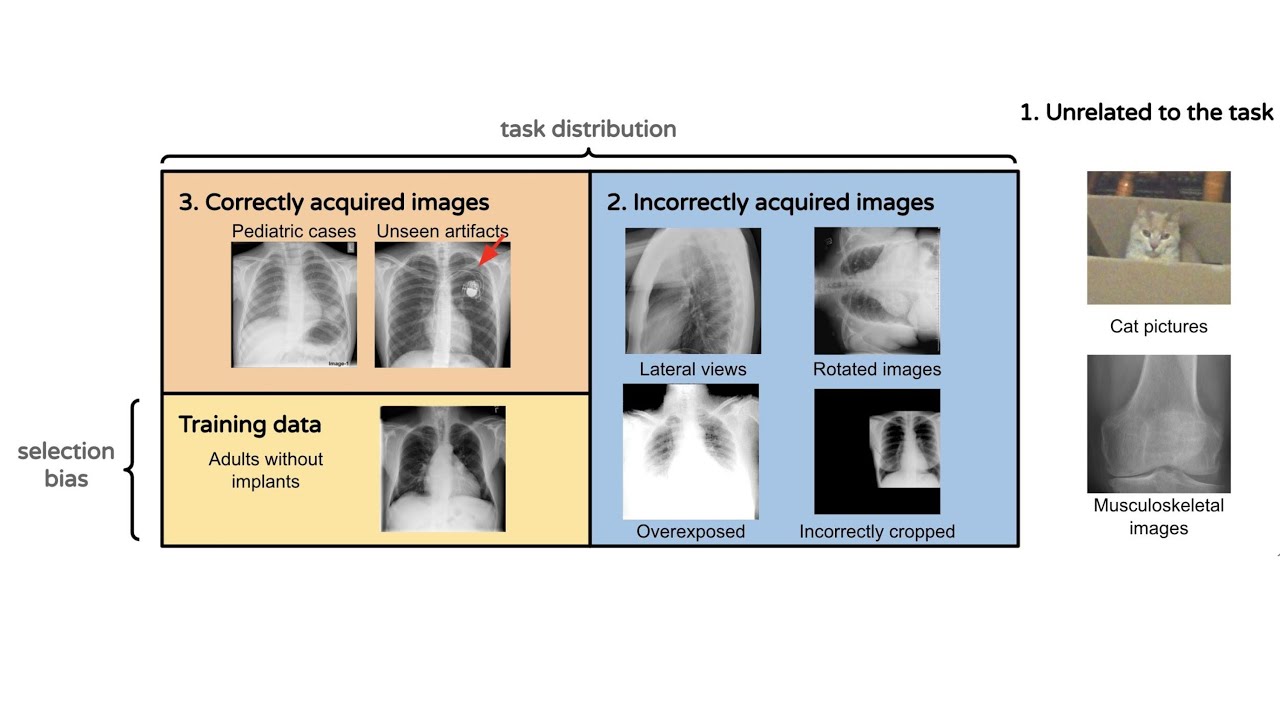Out-of-distribution detection (OOD) is a form of testing used in computer systems to detect or identify any out-of-distribution data that is presented to the system. Out-of-distribution data is data that is not in the normal or expected range of data. This type of testing helps to protect systems from potentially malicious actors.
Out-of-distribution detection is commonly used within machine learning algorithms and deep learning systems, as well as in other areas of computer science, such as intrusion detection and malware detection. When an algorithm is trained using training data, it will expect data in its own distribution. A malicious actor could try to provide data outside of the expected distribution, in order to cause the algorithm to malfunction or to reveal potentially sensitive information. OOD can detect and prevent this from happening.
OOD can generally detect out-of-distribution data in two ways: by detecting differences between input data and expected input data, or by detecting changes in the structure of the algorithm’s output. Generally, supervised learning algorithms will use the former technique, where the input can be compared against expected data points from the training data. Unsupervised learning algorithms will usually use the latter technique of detecting changes in the structure of the algorithm’s output, as they generally don’t use any training data.
Out-of-distribution detection is an important part of keeping computer systems secure, as it can help prevent malicious actors from exploiting vulnerabilities in the system. It can also help protect machine learning models from being used for malicious purposes.





